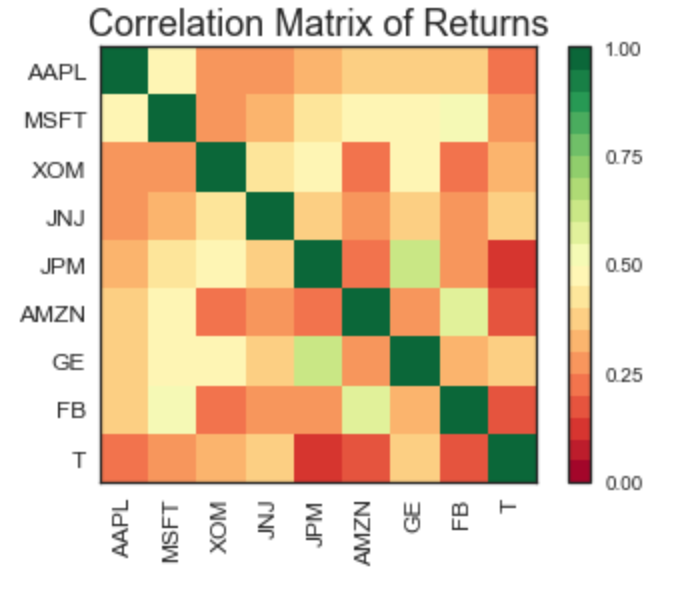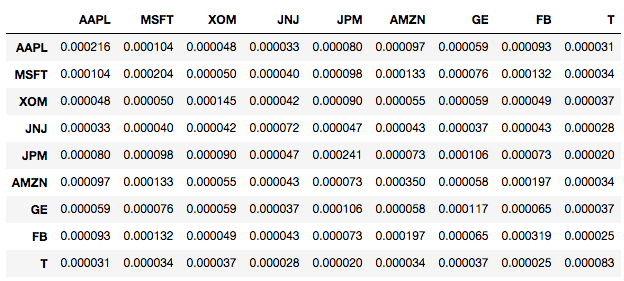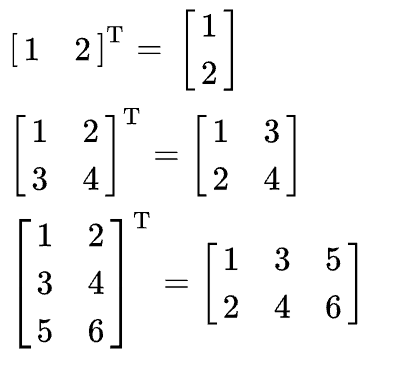Correlation and co-variance
Introduction to Portfolio Risk Management in Python

Dakota Wixom
Quantitative Analyst | QuantCourse.com
Pearson correlation
Examples of different correlations between two random variables:

Pearson correlation
A heatmap of a correlation matrix:

Correlation matrix in Python
Assuming StockReturns is a pandas DataFrame of stock returns, you can calculate the correlation matrix as follows:
correlation_matrix = StockReturns.corr()
print(correlation_matrix)

Portfolio standard deviation
Portfolio standard deviation for a two asset portfolio:
$$ \sigma_p = \sqrt{ w_1^2 \sigma_1^2 + w_2^2 \sigma_2^2 + 2 w_1 w_2 \rho_{1, 2} \sigma_1 \sigma_2 }$$
- $\sigma_p$: Portfolio standard deviation
- w: Asset weight
- $\sigma$: Asset volatility
- $\rho_{1, 2}$: Correlation between assets 1 and 2
The Co-variance matrix
To calculate the co-variance matrix ($ \Sigma $) of returns X:

The Co-variance matrix in Python
Assuming StockReturns is a pandas DataFrame of stock returns, you can calculate the covariance matrix as follows:
cov_mat = StockReturns.cov()
cov_mat

Annualizing the covariance matrix
To annualize the covariance matrix:
cov_mat_annual = cov_mat * 252
Portfolio standard deviation using covariance
The formula for portfolio volatility is:
$$ \sigma_{Portfolio} = \sqrt{ w_T \cdot \Sigma \cdot w } $$
- $ \sigma_{Portfolio} $: Portfolio volatility
- $ \Sigma $: Covariance matrix of returns
- w: Portfolio weights ($ w_T $ is transposed portfolio weights)
- $ \cdot $ The dot-multiplication operator
Matrix transpose
Examples of matrix transpose operations:

Dot product
The dot product operation of two vectors a and b:

Portfolio standard deviation using Python
To calculate portfolio volatility assume a weights array and a covariance matrix:
import numpy as np
port_vol = np.sqrt(np.dot(weights.T, np.dot(cov_mat, weights)))
port_vol
0.035
Let's practice!
Introduction to Portfolio Risk Management in Python

